Welcome to GMs Corner. A new curated collection of opinion pieces from our local GMs.
Hello!
Welcome to the first installment of the GM’s Corner here at Dice Dungeons. This will be a section where we discuss GM things; from how to get over your anxiety as a first time GM to tips and tricks even pros can use.
This time, I have been specifically asked to talk about a subject that I am very passionate about, and have only seen discussed in one buried thread in some orphaned forum somewhere:
You are rolling your d100 rolls wrong.
Now, it’s probably not your fault; these things get passed on from GM to player, and then from player to other players… like some sort of transferable disease. Don’t understand what you’re doing wrong? Let me show you.
Ok, First off, I’m talking about rolling a percentile die along with a d10. If you’re rolling an actual d100, well, this discussion isn’t for you. Let’s look at our dice, shall we?
The d10 is a pretty common damage die used in various RPGs, ranging from a d20 system like Dungeons & Dragons to 2d6 systems like those using the Powered by the Apocalypse engine. Let’s go over what each side means when rolling it in this context, shall we?

Now, let’s take a look at the percentile die. This has a very similar numbering scheme to the d10, with one very important distinction: there is an additional 0 after each number. These are used to denote the zeroes, tens, and nineties place.

Now, you might be saying, “Uh, yea. Obviously. This is a dumb article written by a dumb-o”. Well, let’s just reserve that judgement until after this next bit, ok?
So, in order to get a d100 roll without using an enormous golf ball of a die, we roll a percentile die and a d10 and add the result, right?
For instance, this is 37.

And this is 82.

And this is 69. Nice.

But what, I ask you, would you call the following roll?

Every single person I know would call this roll a 50. You’re treating the 0 on the d10 as an actual 0. OK. So, then I ask of you, what is the following roll?

Well, that’s obviously a 7. You have 00 on the percentile, and a 7 on the d10. It can only be a 7. It sure as heck isn’t 107, right? Because that’s outside of the range of the d100 roll, right? Because a d100 roll is from 1-100, right?
Everything I’ve shown you so far is fine.
Or it would be, if it weren’t for one little thing…
You see, you cannot treat both the 0 on a d10 as a zero and the 00 on the percentile die as the ‘zero’s place marker’.
It works for the most part, sure. A 10 would be a 10 and 0 on the percentile and d10. Same works for 20, 30, etc…
But, dear friends, how do you roll a 100 this way?
Most people would say a 00 on the percentile and a 0 on the d10. BUT, given the facts I’ve just carefully laid out, that violates the rules you determine the rest of your rolls by. A 00-0 roll would, technically, be a straight up zero.
Instead of a 1-100 scale, you’ve made yourself a 0-99 scale.
“Oh God, you’re right! How could we have been so stupid? How can we possibly repair this travesty?!” you cry out. Well, I’m benevolent enough a GM that I wouldn’t destroy your world view if I didn’t have a better one to replace it with. And, honestly, it’s pretty simple:
TREAT THE d10 THE SAME WAY YOU’VE ALWAYS TREATED IT.
This way, everything works out perfectly. You can’t roll a zero; a 00-0 roll would be a 10. A 00-1 would be a 1. 90-0 is the coveted 100 roll. Sure, a 40-0 roll being a 50 isn’t immediately obvious, but this is the only internally consistent method I can see here.
-----
Maybe you don’t want to change. That’s fine; change is hard. But know, fellow GMs and players, that the method you’re using is invalid. You’re changing the rules for different cases.
In a world where consistency in rules and mechanics is required, why too wouldn’t it be required when rolling the dice?

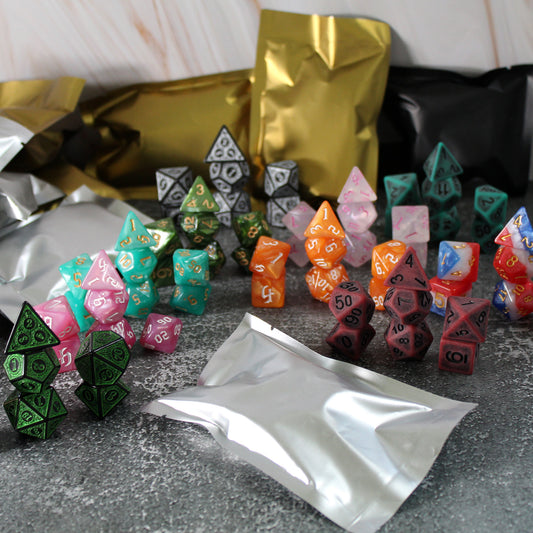

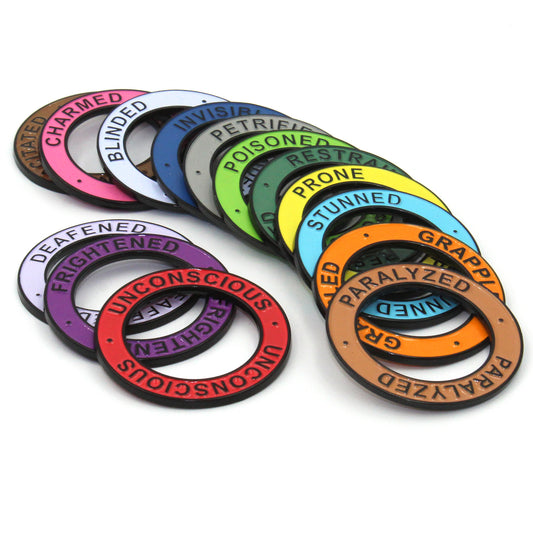
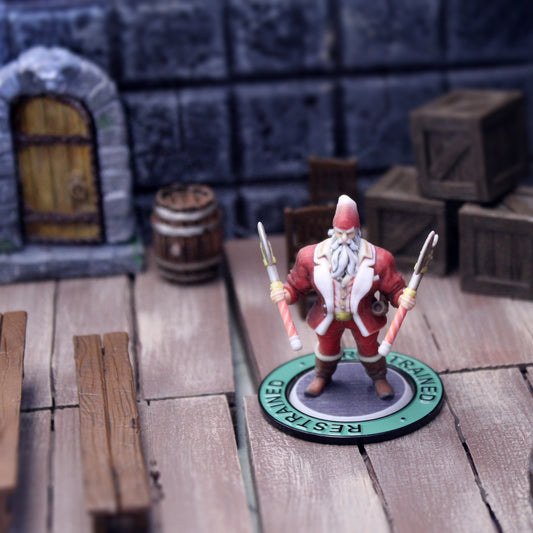
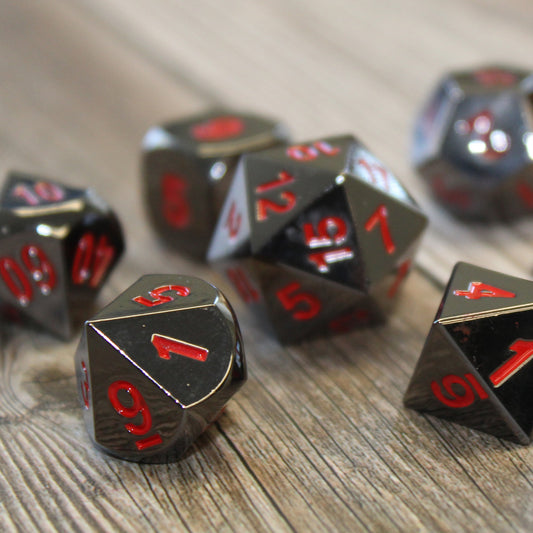
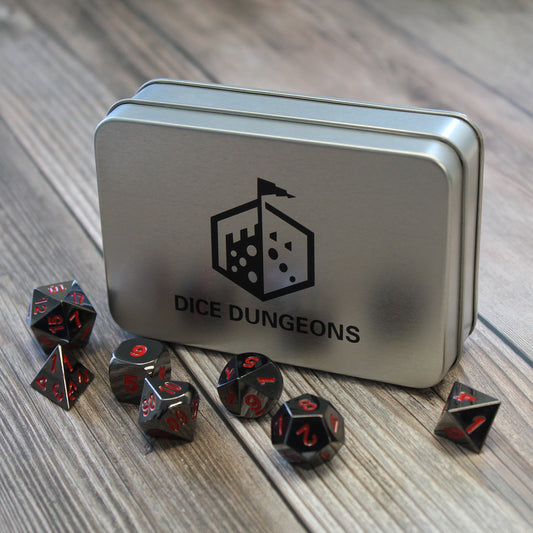
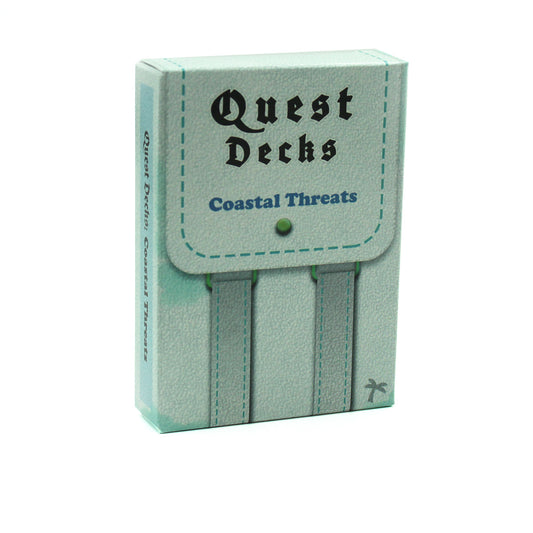


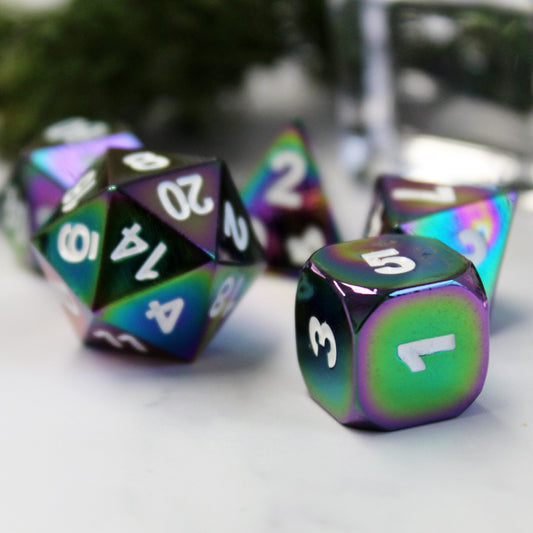
91 comments
Maybe I’m just tired, or maybe I’m set in my ways, but I really don’t see how using a 00-0 rule is a travesty.
From my point of view, a dice roll is only needs to have the same chance of rolling on any side to be fair. if we use the, quote, “0-99” method, there is still a one in a hundred chance we get a 00-0. If it’s established that a 00-0 is ALWAYS a hundred, the rules are fair and it changes absolutely nothing; . I like this special case where the “lowest” value trumps all; It reminds me of how aces work in cards. If nothing else, it’s more aesthetically pleasing to see a line of 000s than “90-0.”
I still respect the method above though. Having consistent rules with no special cases has it’s appeal sometimes, and I can understand that.
The “wrong” way probably spread because it’s just easier to visually comprehend, rather than bothering to recall that 0 on the d10 actually adds 10. It’s mathematically inconsistent, but why bother bogging the game down with more math when you could simply justify it as “by process of elimination?”
You only have to recall that “00-0 means 100” on the one roll, compared to the ten times for consistent way.
A 00-0 is a 100
Look at a 1-100 die, there is no zero
look at a d10, there is no zero. 0=10
therefore with two d10s a 0 and 0 = 10×10
No die I am aware of has a “zero” on it. A 0 has always stood for 10.
This article made my head spin and the comment section makes me weep.
I’m very late here to the party, but there’s nothing confusing (to me, anyway) about this. It’s a simple two dimensional matrix, zero-indexed. The very first value in the matrix—at index 00,0—is “100%”. The very last value in the matrix—at index 90,9—is “99%”. Every value is accounted for from 1% – 100% and no addition required. Plot it out in a bog-standard spreadsheet and you’ll see it, too.
Systems are allowed to have exceptions to rules. Having a single exception, in this case ‘00’ is always zero in the tens place unless the other die is ‘0,’ in which case the result is 100. This doesn’t “break” the system, it presents a reasonable exception. Each other dN has a range of 1-N, i.e. d4 range 1-4, d6 range 1-6. Ergo, d100 range 1-100. 0-99 is perfectly valid too, just make sure you’re staying consistent and not determining ‘00-0’ to be zero or 100 based on whether it benefits you or not.